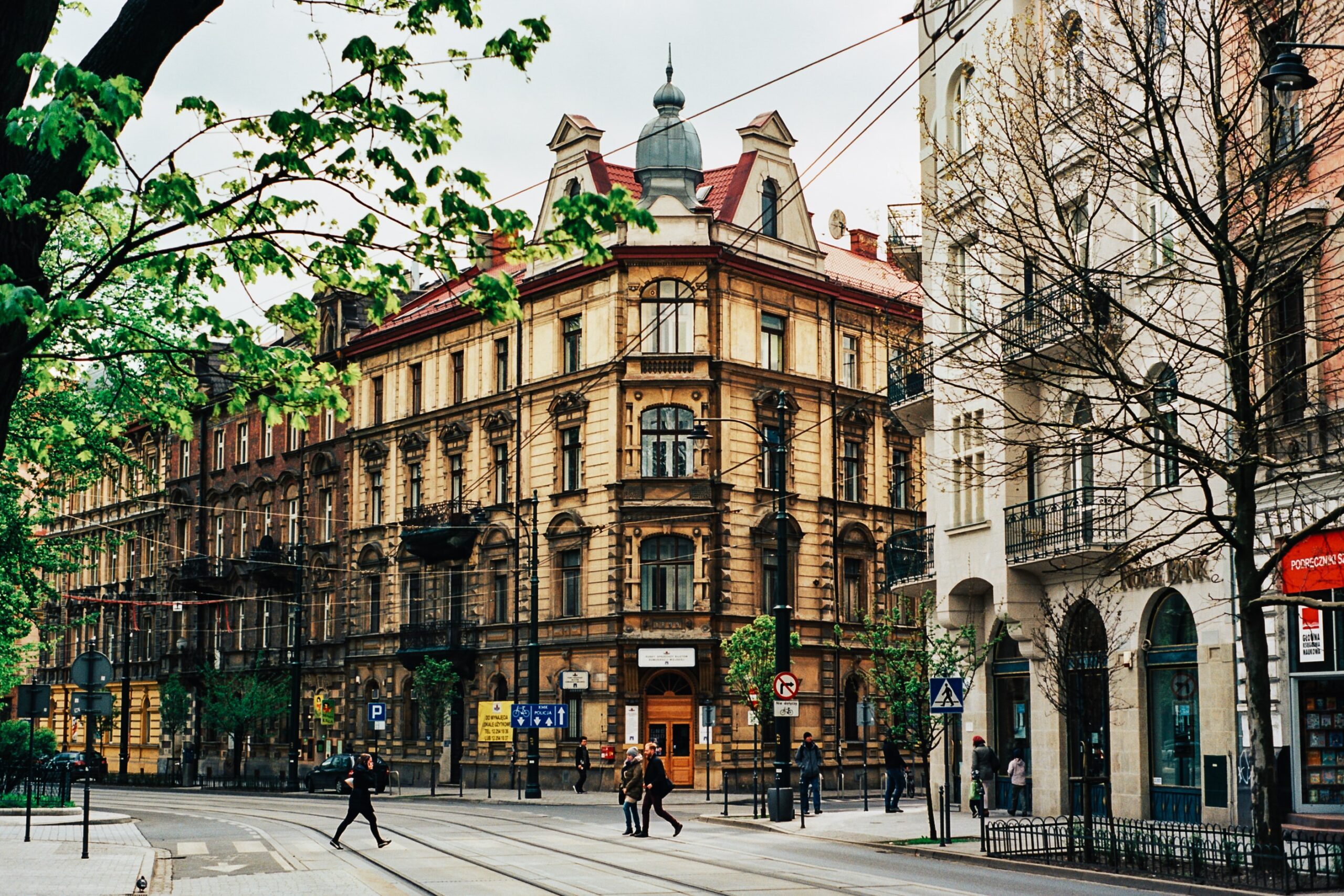Poland stands as a beacon of resilience and cultural richness in the heart of Europe. From the Gothic spires of Kraków to the modern skyline of Warsaw, the country offers a diverse tapestry of experiences. Poland’s landscapes, ranging from the Baltic Sea coast to the Tatra Mountains, are as varied as its history is profound. This guide will take you through some of Poland’s most remarkable destinations and experiences.
Warsaw: The Phoenix City
Warsaw, Poland’s capital, has risen from the ashes of its near-total destruction during World War II to become a vibrant metropolis. The meticulously reconstructed Old Town, a UNESCO World Heritage site, tells stories of resilience and revival. Don’t miss the Royal Castle and the Warsaw Uprising Museum for a deep dive into Polish history and culture.
Kraków: The Cultural Heart
Kraków, with its well-preserved medieval core and Jewish quarter, is often considered Poland’s cultural capital. The Wawel Castle and Cathedral stand as symbols of Polish national identity, while the historic district of Kazimierz offers a poignant look at the country’s Jewish heritage. Nearby, the Wieliczka Salt Mine, another UNESCO site, astounds visitors with its underground chapels carved out of salt.
Gdańsk: Where History Meets the Sea
Gdańsk, on the Baltic coast, has a unique identity shaped by maritime trade and the Solidarity movement’s pivotal role in ending Communist rule in Eastern Europe. Explore the Royal Way, visit the European Solidarity Centre, and relax on the beautiful beaches of Sopot, Gdańsk’s neighboring seaside resort.
Auschwitz-Birkenau: Remembering the Past
A visit to the Auschwitz-Birkenau Memorial and Museum is a somber but essential experience for understanding the depths of human history’s darkest moments. The preserved site of the largest Nazi concentration camp serves as a powerful reminder of the Holocaust’s atrocities and the importance of preserving peace and humanity.
Wrocław: The City of Bridges and Dwarfs
Wrocław, known for its picturesque Market Square, Gothic architecture, and numerous bridges and islands, is also famous for its whimsical dwarf statues, which have become symbols of the city. The Centennial Hall, a UNESCO World Heritage site, showcases early 20th-century architecture.
Tatra Mountains: Poland’s Natural Wonder
The Tatra Mountains, part of the Carpathian range, offer stunning alpine scenery and outdoor activities year-round. Zakopane, known as the “winter capital of Poland,” is the gateway to the Tatras and a hub for hiking, skiing, and mountaineering, as well as a great place to experience highland culture.
Tips for Travelers
- Best Time to Visit: The best time to visit Poland is during the spring (May to June) and fall (September to October) when the weather is mild, and the crowds are fewer.
- Getting Around: Poland’s cities and major attractions are well-connected by an efficient public transport system and a comprehensive network of trains and buses.
- Local Cuisine: Polish cuisine is hearty and flavorful. Be sure to try pierogi (dumplings), bigos (hunter’s stew), and żurek (sour rye soup). Polish vodka and craft beers also offer a taste of the local drinking culture.
Poland’s rich history, vibrant cultural scene, and natural beauty make it a compelling destination for travelers seeking depth and diversity in their journeys. Whether exploring its historic cities, delving into poignant historical sites, or embracing the great outdoors, Poland offers a multifaceted experience that resonates long after the journey ends.
